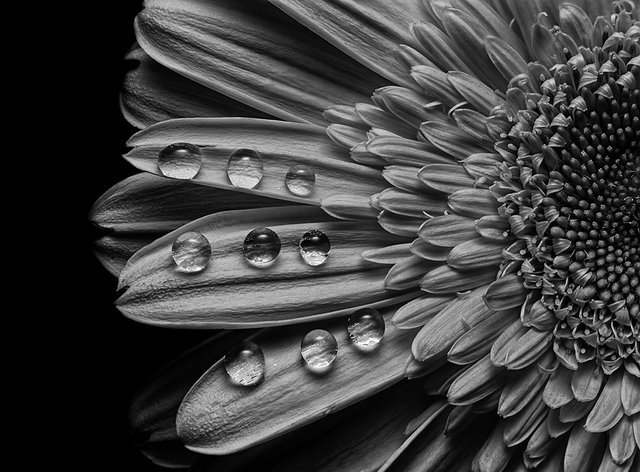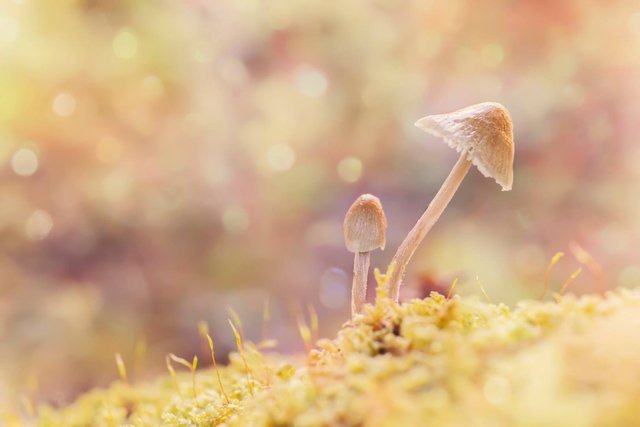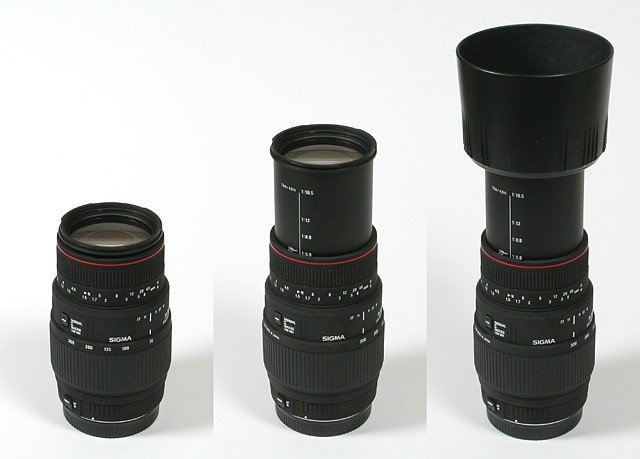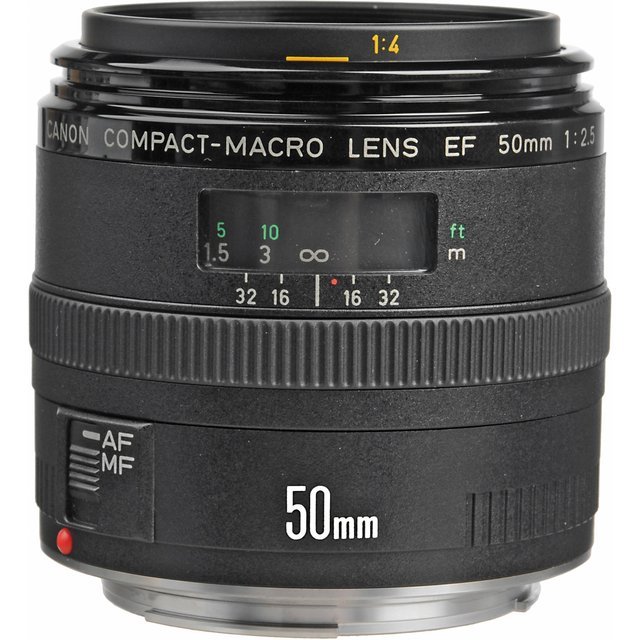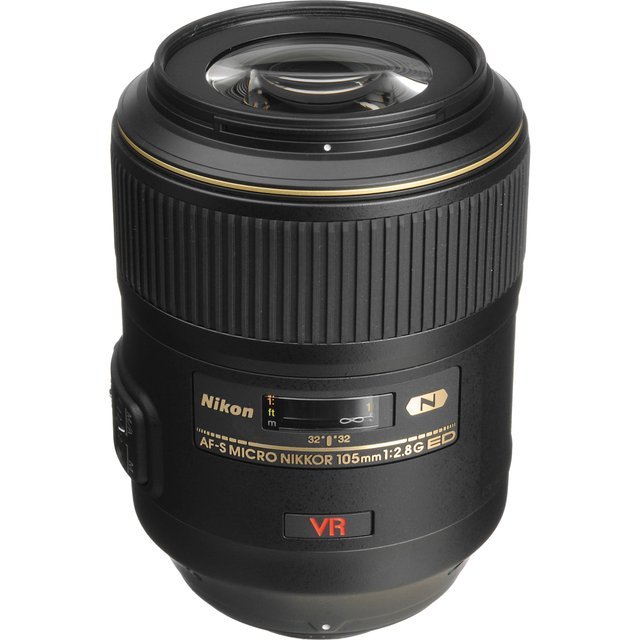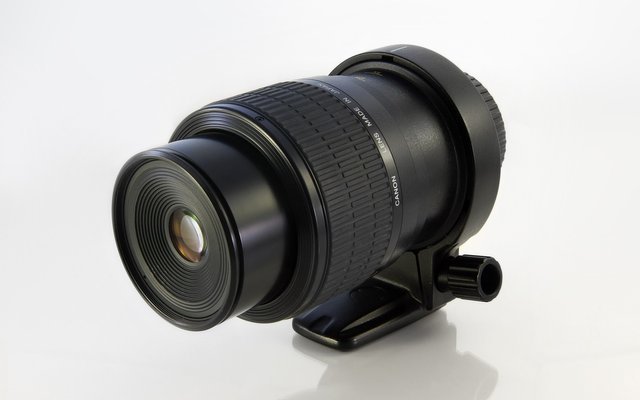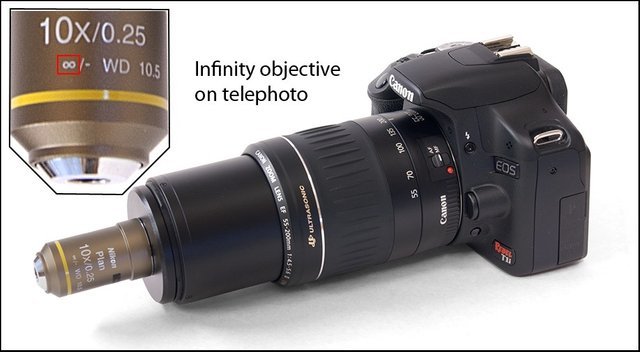What is a macro? Macro of photographing details in small objects or large objects. Although we say "true macro" in the sense that we say 1 centimeter, nobody says it is not a macro photo when you take a bigger size moth. Although each subdivided itself into subdivided lines, the subjects of macro photography in general are:
Water Photos
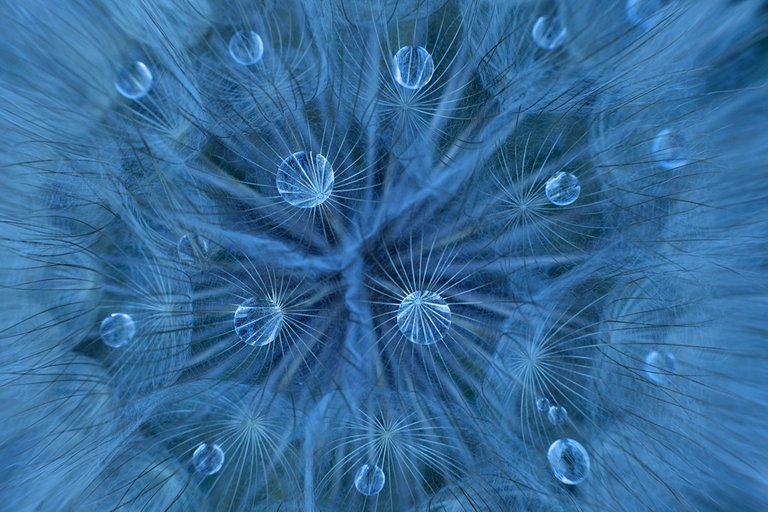
Flower Photos
Insect Photos
.jpg)
Mushroom Photos
Editing Macros
.jpg)
We will also see that each category can be picked up with one lens a little better, if we break each category into optical quality and magnification. But that does not mean I can shoot with that lens in the best way. Each one has its own advantages and disadvantages, which is the most difficult point of the makron. Give up. The lens and light system of the lens I have chosen have all the advantages and disadvantages. What matters is what I can relinquish at the moment I want to photograph? What are the points that I pay attention to? Once we have made that decision, choosing equipment is a bit easier for us as well.
1-Tele Macro Lenses
Macro lenses, especially high-class lenses such as the L series, are a rather strange lens that is produced by opportunistic firms such as Tamron, such as Sigma, which catches an oversight, but is not really as good as it actually promises. They are usually in the range of 70-300 and after 180mm they are turned into "macro lense" thanks to the small switch on them.
.jpg)
Look at everything is funny. You have a range of 70-300 in your hand and a magnification ratio of 1: 2 (max). However, the softening that occurs at the boundary of the lenses can reach a point that can not be foreclosed on a type of photography that requires high detail, such as a macro. If you look at the lenses already sold on the market as macros, 99% prime lenses. Yes, we may have a photo we shot at 1: 2, but it is a soft, somewhat covered photograph with no details. If this is the case, we need to write the pluses and minuses of such lenses. If the increments are more than minus, the choice may be:
PLUSES
Sale of
Wide range of operation
Can be used for 300mm ornito
Experimentation to enter or exit the macro
MINUS Games
Optical quality inadequacy (sharpness, contrast, detail)
2-Compact Macro Lenses
They are lenses with quality optics like true macro lenses but at 1: 2 magnification. They can also shoot in 1: 1 size with true macro converter apparatus. Canon 50mm compact macro is the most successful lenses that can be given to this category. Let's take a look at the pluses and minuses again;
PLUSES
Compact and small
Optics quality is good
MINUS Games
They should be 1: 2 macros
Inadequate depth of field due to short focus
.jpg)
3- True Macro Lenses
The lenses that are found in the bag of every person who really wants to deal with the macro. They have a magnification of 1: 1, which means that the object, which is actually 1 cm, is the object that can reduce the sensor to 1 cm. They offer high optical quality in close-ups because they are specially designed for the macro. With fixed focal lengths, you increase your shooting qualities with your interest and attitude. With a combination of different lenses and apartments, you also get minimum deterioration in optical quality with minimum discontinuity at larger (eg 2: 1) magnifications. Nikon 105mm VR, Canon 100mm L IS, such as a rather alternate, which ranges from 50mm to 180mme continues.
PLUSES
High optical quality
Having open aperture values
High image quality with minimum loss with various apparatus combinations
Vibration suppression (for some models, for VR Canon for Nikon, OS for VC Sigma for IS Tamron)
MINUS Games
Prices are higher than other categories of lenses
Inadequate separation of object and background at low focal lengths
Difficulty using light at high focal lengths
.jpg)
4-Ultra Macro Lenses
Lenses with high optical quality specially designed for macroscopes who want to go beyond the limits. Starting with Canon's unrivaled MP-E65mm 1-5X, the 60mm 2: 1 lens from the Venus company was included.
The most important features of these lenses, unlike all other lenses, are the most important for manual use. Convinced that a magnification at this size is already impossible to auto focus (AF), Canon does not even put a 65mm lens AF motor. So if we want to go beyond the boundaries, we need to have confidence in our experience, our knowledge of the light, and most importantly, not blindly. Beyond that, a 65mm lens running at 5X will give you a clear field depth (or net area line, since it will now look like a line) 0.048mm. Yes you did not read a lens with 0.048mm clear areas will wrinkle 😉
Also, do not be fooled by the fact that it offers you a depth of f2.8s of clear field, it is an odd object that fascinates you with its F96 light, but also with its high optical quality that you use and reveal. If Venus is 60mm, it will grow infinitely 2: 1. Because 65mm 1: 1 starts at 5: 1 but Venus starts at infinity 2: 1. This means that the maximum size of object you can take with 65mm is 1cm. But you can also take portraits with venus, which is how it will be discussed. But you will.
PLUSES
High optical quality at high magnifications
MINUS Games
Serious light knowledge
High prices
Almost impossible to use alone (requires flash and / or tripod)
.jpg)
5-Microscope Lenses
The last category between macro lenses is microscope lenses. It is possible to use the lenses used in microscopes which are not produced for photography machines but also in various apparatuses and photographic machines. Now focus stacking (focus stacking) with a nostalgic, 5X enlargement does not cut or photographs to be produced for scientific purposes is preferred by people. The fact that the net area line is now measured in microns is the need and most important of very serious light systems! are inapplicable lenses in nature.
PLUSES
The amount of enlargement they have is even more than 100X.
The prices are very cheap.
MINUS Games
It is the most difficult optics to use
It is possible that the light information of people who do not use Ultra Macro is not enough
They definitely need a tripod and light source
They are fixed.
A vibration made at the micron level will ruin the photograph.
.jpg)
In general, I tried to give information about macro lenses. If you want to ask something that you have or have not done, it will keep you from commenting.
